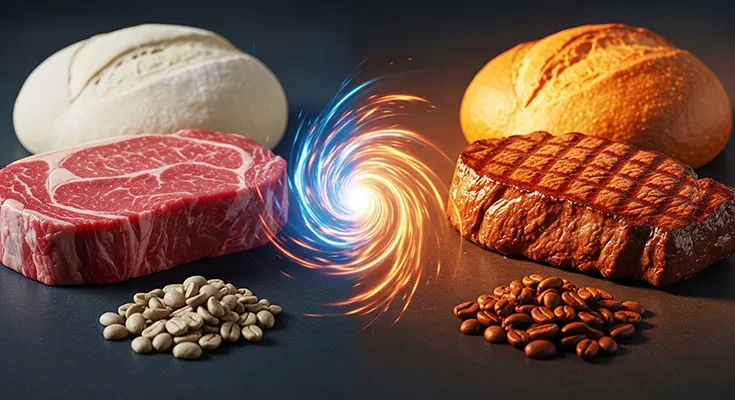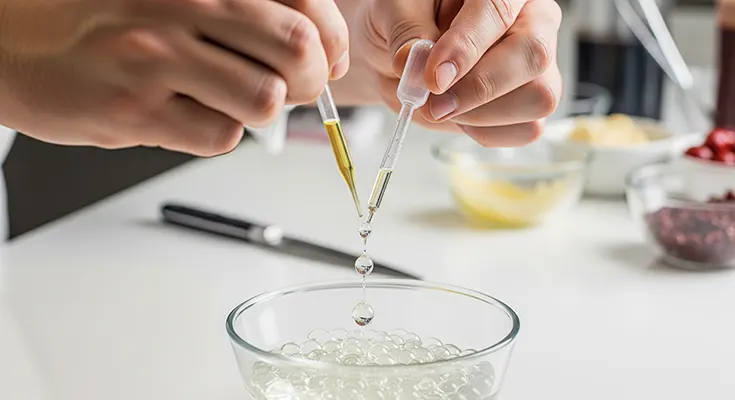
Beyond the Pill: How Culinary Medicine Empowers Health
In a world grappling with a surge in chronic diseases like heart disease, type 2 diabetes, and obesity, the conversation around health is shifting. While traditional medicine has long focused on treatment through medication and procedures, a new and powerful field is emerging: culinary medicine. This discipline goes beyond a simple prescription, blending the art of cooking with the science of medicine to empower individuals to prevent chronic disease through the food they eat every day.
The Culinary Medicine Philosophy: From Knowledge to Action
At its core, culinary medicine is about translating abstract nutritional science into practical, accessible skills. It recognizes that telling someone to “eat less salt” or “eat more vegetables” is often not enough. A person needs to know how to prepare a delicious low-sodium meal and how to incorporate more vegetables into their diet in a way that is both enjoyable and sustainable.
Culinary medicine programs, often …
Beyond the Pill: How Culinary Medicine Empowers Health READ MORE




